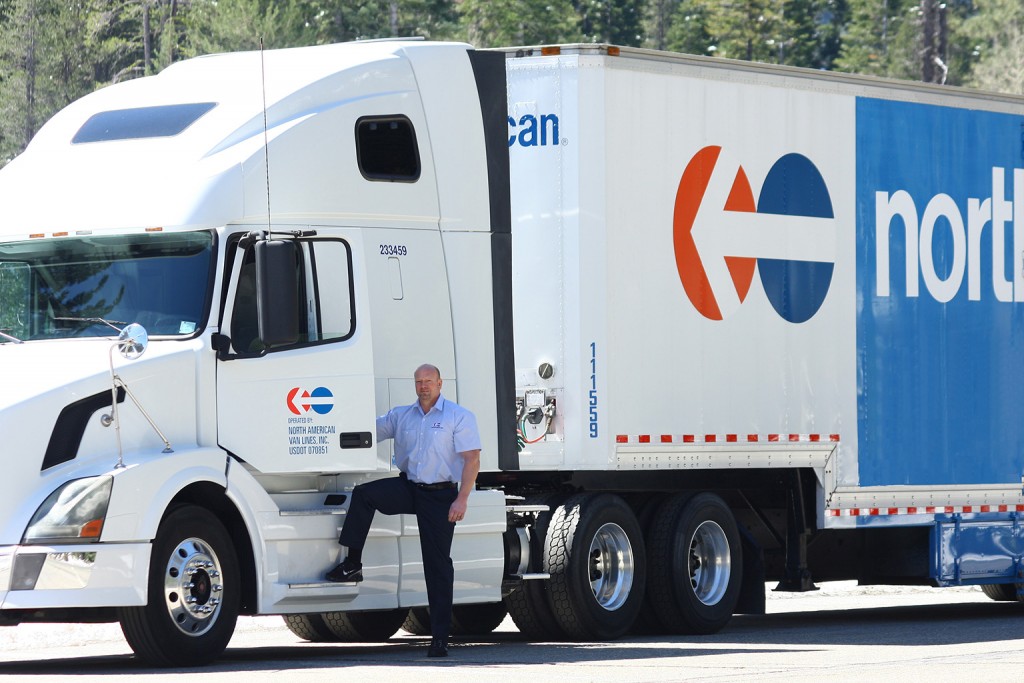If you’re planning for an interstate move, you probably have a lot of concerns ahead.
Whether you’re moving a small apartment or relocating an entire home, this guide will help you navigate the process confidently.
By the end, you’ll know the key steps and insider tips to make your interstate move successful and stress-free.
Understanding the Scope of Interstate Moving
Interstate moving isn’t just a longer local move—it’s a regulated process.
A professional mover experienced in cross-state moving understands these details and helps you stay compliant.
Understanding the scope of an interstate move prepares you to budget more accurately, manage your time better, and set realistic expectations for delivery and setup.
How to Select the Right Interstate Moving Company
Look beyond flashy websites and ask for proof of compliance and customer reviews.
Compare not just the price, but also the included services: Does the quote cover packing, loading, unloading, insurance, and delivery timeframes?
Trust your instincts: if something feels off or too good to be true, it probably is.
What Determines the Price of an Interstate Move?
Another key factor is the weight or volume of your shipment; heavy or bulky loads increase both transport and handling fees.
If you request professional packing, furniture disassembly, custom crating for delicate items, or temporary storage, these all add to the base price.
For example, if your home requires movers to carry boxes up multiple flights of stairs, or if truck access is limited by narrow roads or urban restrictions, extra fees may apply.

Effective Planning for Moving Between States
Early preparation gives you enough time to handle unexpected challenges calmly.
Inventory management is key.
Pack important documents, medications, chargers, snacks, and a change of clothes in a separate bag you keep with you.
Understanding Your Moving Options
Partial-service movers let you pack your own boxes while they handle transportation and heavy lifting, reducing costs.
Freight shipping companies also offer options for large shipments that don’t need full moving crews.
Understanding your specific needs ensures informacoes a mais you acesse o endereco select veja o site the best option for a smooth and cost-effective interstate relocation.

Common Mistakes to Avoid in Interstate Moving
Many people wait too long to book movers, only to find limited availability or higher rates.
Always verify USDOT numbers, insurance policies, and read contracts carefully before committing.
Lastly, poor packing leads to headaches.
How to Reduce the Cost of a Long-Distance Move
Hold a garage sale or list items online to offset some moving expenses.
Don’t settle for the first estimate; gather at least three and negotiate if possible.
Lastly, consider doing part of the work yourself.
Conclusion: Making Your Interstate Move a Success
Whether you’re relocating a small apartment or a full household, understanding the process empowers you to make informed decisions.
Investing time in research, comparing services, and preparing in advance pays off during a long-distance relocation.
Best of luck on your journey to a new home!
Your Interstate Moving Questions Answered
Are there budget-friendly options for moving out of state?
The cheapest options include renting a moving truck, using a freight trailer, or downsizing your load to reduce weight.
When should I hire movers for a long-distance move?
Early booking secures your preferred dates and gives you time to prepare.
Are there things I can’t include in an interstate move?
Movers typically won’t transport hazardous materials, perishables, firearms, or plants across state lines.
How is interstate moving insurance calculated?
Most interstate movers include basic valuation coverage by law, but it’s minimal.
Can I track my belongings during an interstate move?
Many professional interstate movers offer shipment tracking systems or regular status updates.